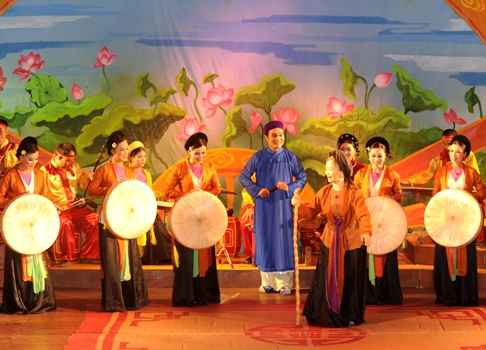

As a northwestern area and the fifth largest province in Vietnam (14.174 sq km), Son La is seemed to be an undiscovered land with great tourist potential. Most of the area of Son La is mountains, hills and terrace paddies which is the home to various ethnic minorities like Kinh, Dao, H’Mong and Thai (makes up about more than 1,000 inhabitants)…The capital city is Son La Town. About the attractions in Son La, we can spend whole day telling you. The natural beauty of Son La, a typical highland area, with green fields and hills are irresistible attraction. Besides, the unique traditions and customs of the Thai and other minorities are also worth for you to experience.


Moc Chau Plateau is located in the Moc Choc Commune in Son La town and 200km from Hanoi to the northwest, along the National Highway No.6. The most significant features in this plateau is the long and spacious fields of green tea (80km in length, 25km in width and 1600 ha in area). The climate here is also very favorable for tourism with cool weather; the average temperature is about 21oC and dry winter. There are some great ways to you to explore and experience the beauty of Moc Chau; just hike up on a green hills and takes photos of the villages, wooden houses and terraces of the locals or walk down the valleys and meet the locals, buy some Moc Chau Milk – the traditional product of the area…



Prison and museum of Son La is the second name. Many people, maybe, don’t known about this place. It was built in 1908 on the Khau Ca Hills where many of our soldiers had been taken into. Tham Tet Toong Cave, located in Chieng An Commune, Son La City Town.

Tham Tet Toong is a 150-meter-long cave with beautiful stalagmites. Just 2km from the centre of Son La City Town, Tham Tet Toong Cave is the combination of green trees, emerald waters and stone pillars. The best time to explore the cave is in the early morning.


.jpg)











